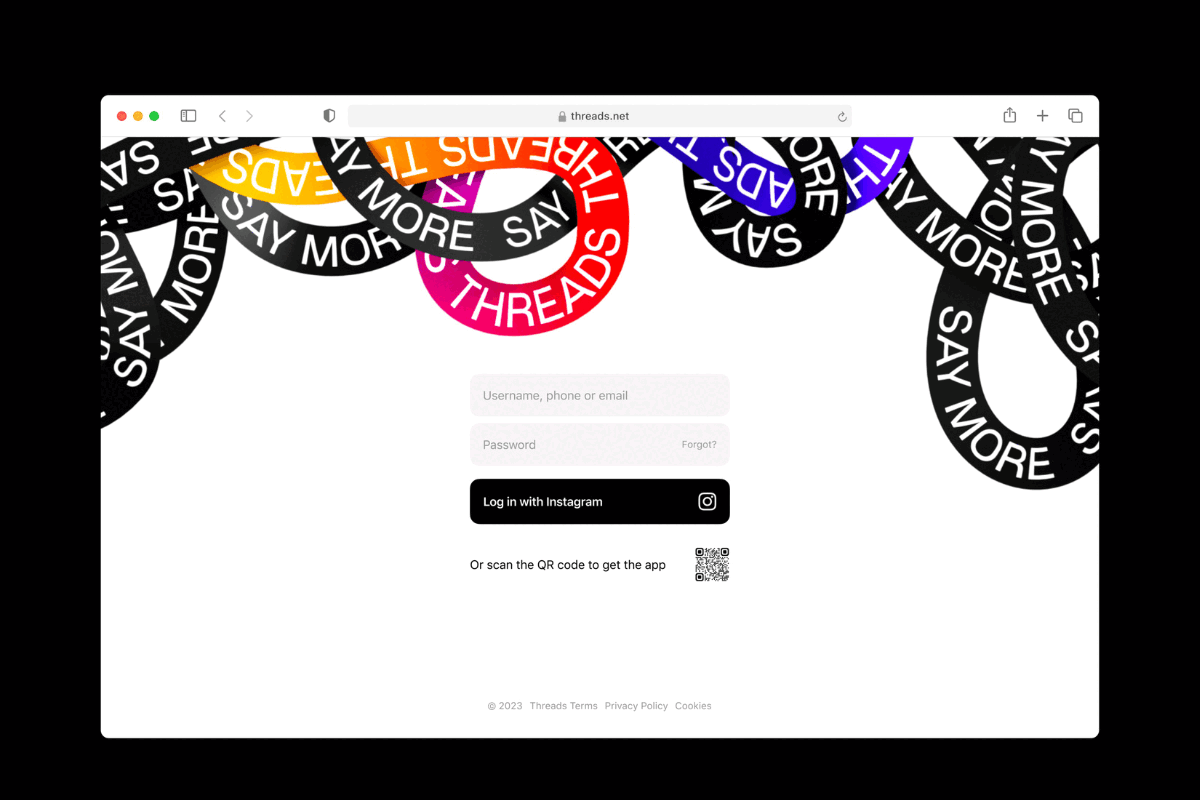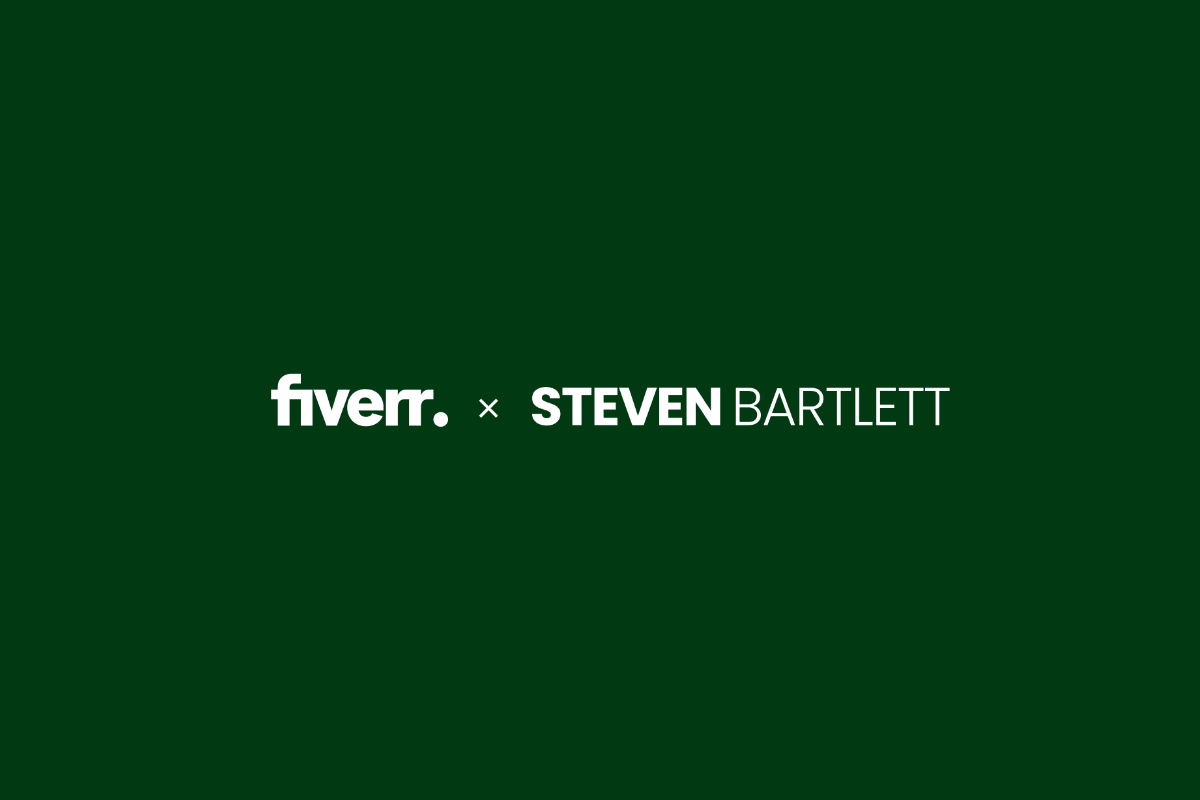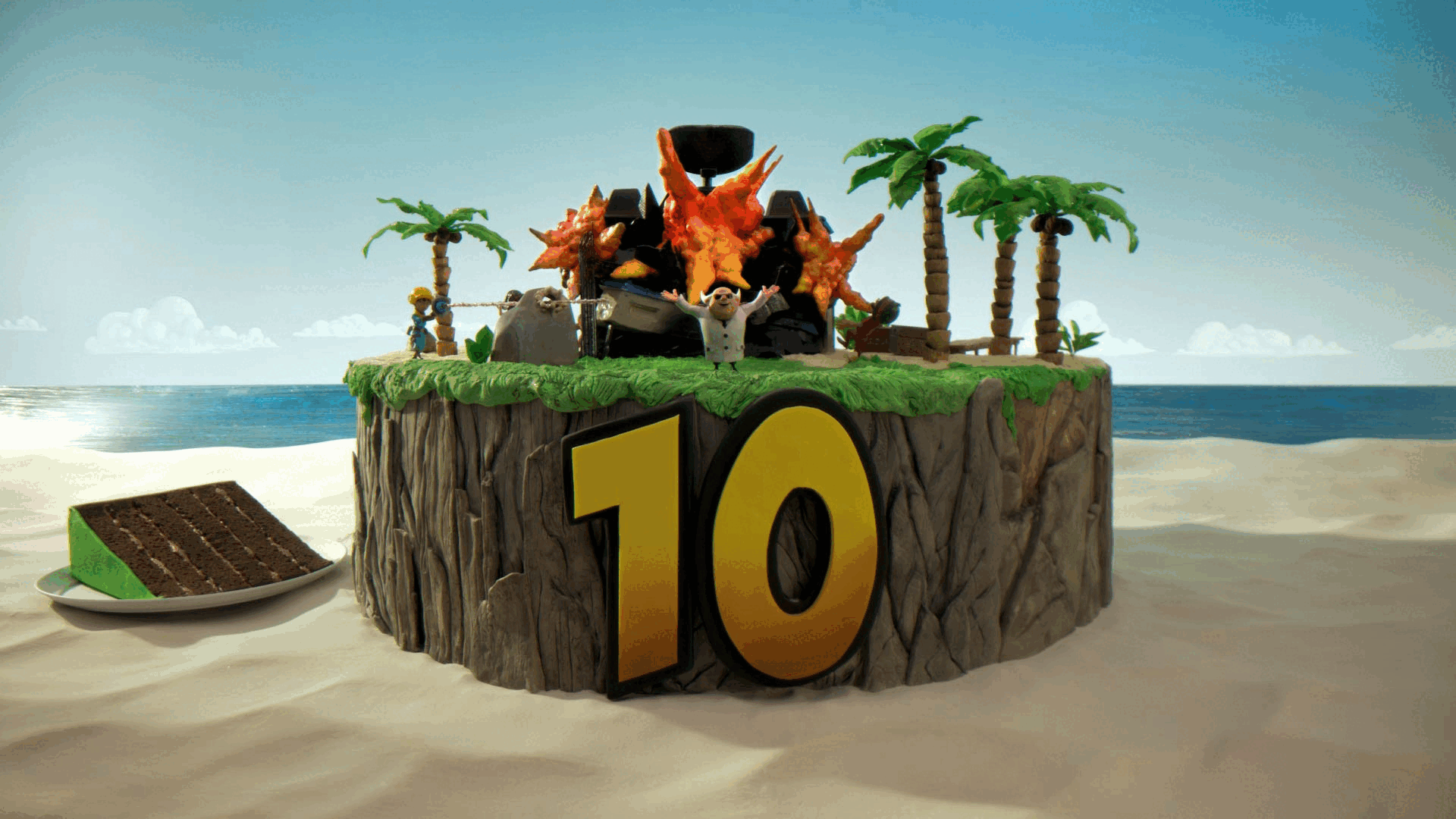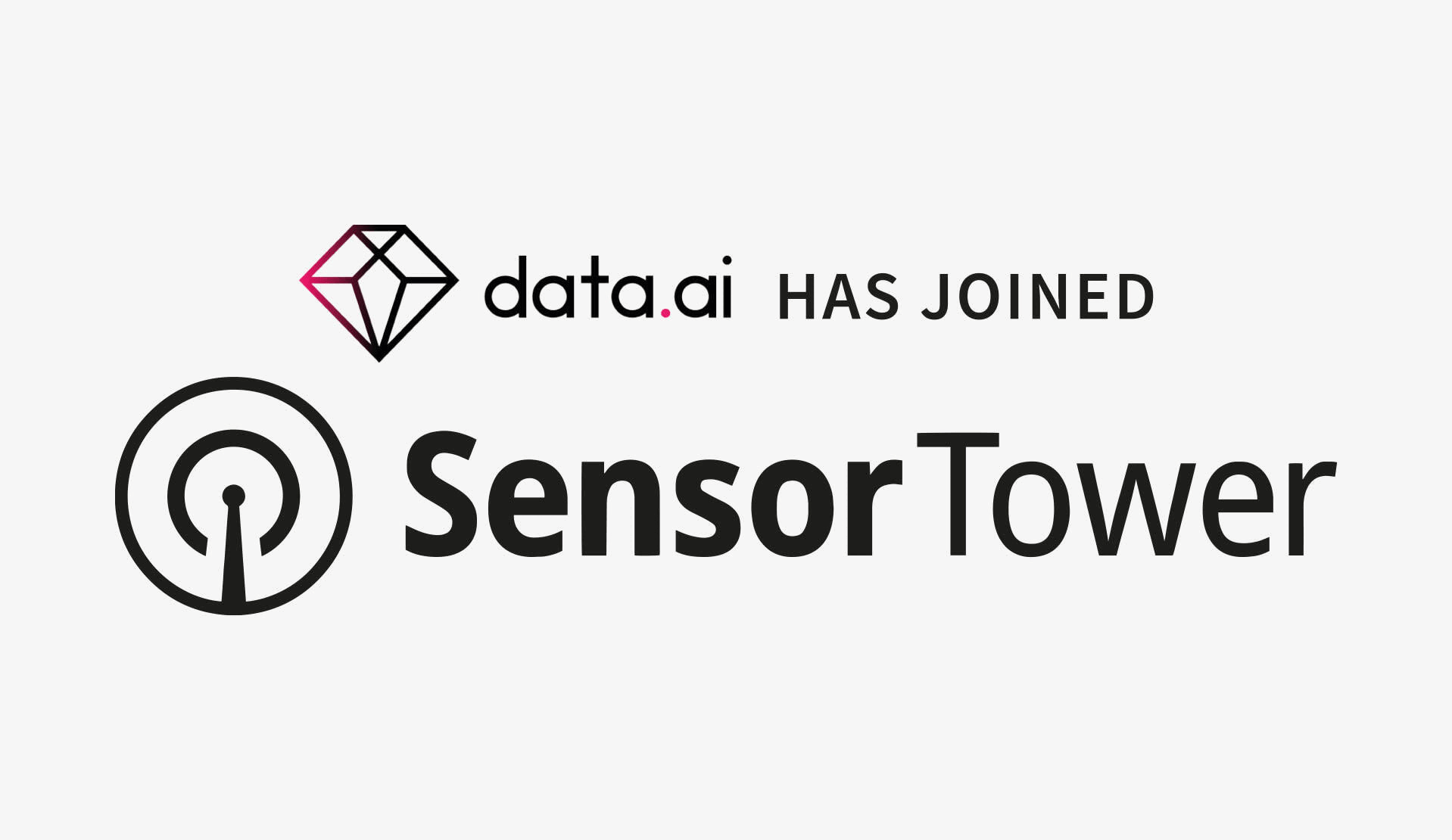Innovation Lab: Sticky Self-drive Cars, Maths Cameras & Solar Skin
- Friday, May 20th, 2016
- Share this article:
At Mobile Marketing were proud to help tech companies showcase their cutting-edge solutions, whether its on our website, in our magazine or at our Mobile Marketing Summits. Giving a platform to companies that are breaking new ground in their market brings audiences one step closer to the ideas and developments that will shape tomorrow.
In that spirit, our Innovation Lab feature takes a step beyond the world of apps, ads and handsets with slightly bigger screens, in order to share some of the tech worlds innovative ideas. They might be interesting, disruptive or just outright strange, but these are the stories that have caught our eye over the past week.
Googles Self-driving Cars Will Be Sticky
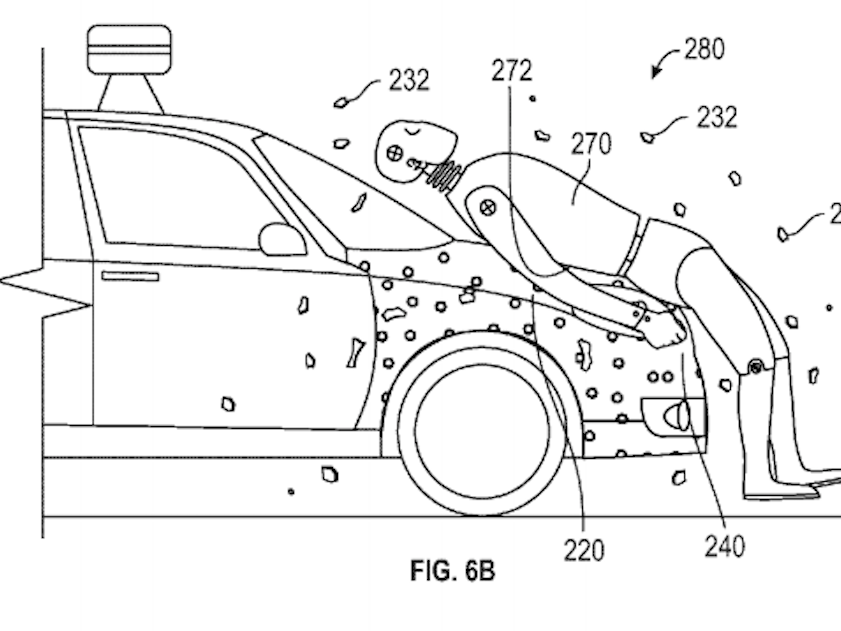 Despite figures that show that self-driving cars may be safer than ones with humans behind the wheel, many people are still concerned about the risks involved with putting robots on the road, particularly when it comes to pedestrians. However, Google has come up with one unlikely solution to this problem that aims to reduce the number of injuries that could result from such a collision.
Despite figures that show that self-driving cars may be safer than ones with humans behind the wheel, many people are still concerned about the risks involved with putting robots on the road, particularly when it comes to pedestrians. However, Google has come up with one unlikely solution to this problem that aims to reduce the number of injuries that could result from such a collision.
According the The Mercury News, Google has patented a technology that would attach people to the front of a self-driving car following a crash, sticking the victim to the vehicle in order to preventing them from another injury when they are thrown to the ground by the impact.
The adhesive layer would coat the front of a self-driving car, covered in another layer so that the car would not simply drive around acquiring insects and rubbish. If a pedestrian was hit, the outer layer would be removed by the force of the impact, exposing the glue and sticking the victim to the bonnet where they hit.
Applying for a patent doesnt mean the technology will actually be employed, but Google are clearly interested in exploring solutions that will make their self-driving cars much safer for the public. So far, only one accident has been recorded by the companys test models, when one hit a bus in Mountain View in February.
Teenager Wins Marvel Prize with Robot Seeing Eye Dog
As part of the promotions for its latest film, Captain America: Civil War, Marvel Studios teamed up with the National Academy of Sciences and tech firms including Dolby Laboratories and Broadcom to encourage young women to enter STEM (science, technology, engineering and maths) careers.
The entertainment studio launched a challenge called Girls Reforming the Future which girls aged 15 to 18 could enter, submitting STEM-based projects that have the potential to change the world, with five finalists winning a trip to the films premiere and a chance to present their projects to a panel of experts, and the winner receiving an internship at Marvel Studios.
The winner was Maia Dua, who created an alternative for visually impaired people who were unable to afford a seeing eye dog, which costs up to $50,000 (£34,300) to breed and train. In comparison, her machine, which uses a system of sensors to detect nearby objects and alert the user, would cost only $600 to produce.
The device was created out of readily accessible materials, requires minimal maintenance and has a lifespan of seven years, all of which contribute towards the aim of supporting visually impaired individuals who may not be able to afford more expensive means of dealing with their disability.
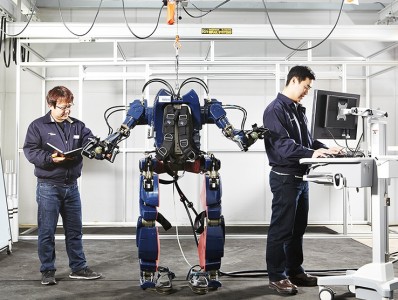 Hyundai Building Robotic Exoskeleton
Hyundai Building Robotic Exoskeleton
Speaking of Marvel, car manufacturer Hyundai has announced it is working on an armoured exoskeleton suit, and certainly isnt shying away from Iron Man comparisons in its blog post revealing the work it has done so far.
According to Korean news site Yonhap, the suit will allow users to lift objects weighing up to 132lbs without exerting themselves, and while Hyundai has not announced when these suits will be available, it is preparing for use cases including mobility aids, industrial operations and the military.
“This wearable robot that we are developing for commercial purposes will be used in diverse areas,” said a Hyundai spokesperson. “Such a robot development is in line with Hyundai Motor Groups vision for free mobility of people and things.”
App Can Solve Handwritten Equations in Seconds
Maths was one of the first things that computers were put to work on, but for most modern day applications, all the mathematical heavy lifting happens in the background. Mathpix isnt like most apps however, and claims to be the first app to use image recognition to help solve handwritten equations.
Designed by Nico Jimenez, a PhD student at Stanford University, along with another Stanford graduate and two high school students, the apps interface resembles a standard camera, but when the reticle is dragged over an equation, it identifies the elements and solves the equation, displaying a graph is appropriate.
The app also enables you to explore a step-by-step guide with multiple methods of reaching a solution, meaning it can be used as an educational tool as well as a tool for quick answers when you need them.
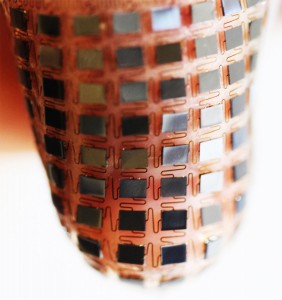 Turn Your Skin into a Solar Battery
Turn Your Skin into a Solar Battery
As we plug in to more and more devices, were always on the search for more efficient, environmentally-friendly ways to power them. One solution could be as simple as taking a stroll in the sun, thanks to the latest work from a team of international researchers who have developed a thin, flexible film of solar cells that can be applied to the skin and gather enough energy to power your wearables.
The device uses a collection of tiny batteries and solar cells to maintain flexibility, with the clustered tiles working in unison to produce the same energy capacity as a much larger battery. The cells are then connected by a flexible copper-polymer and held in an elastic silicone casing that is waterproof.
The flexible battery design could be integrated in a variety of different systems, from storing energy from body movement or heat to being combined with clothing to create invisible energy-harvesting power sources that are worn throughout the day.





